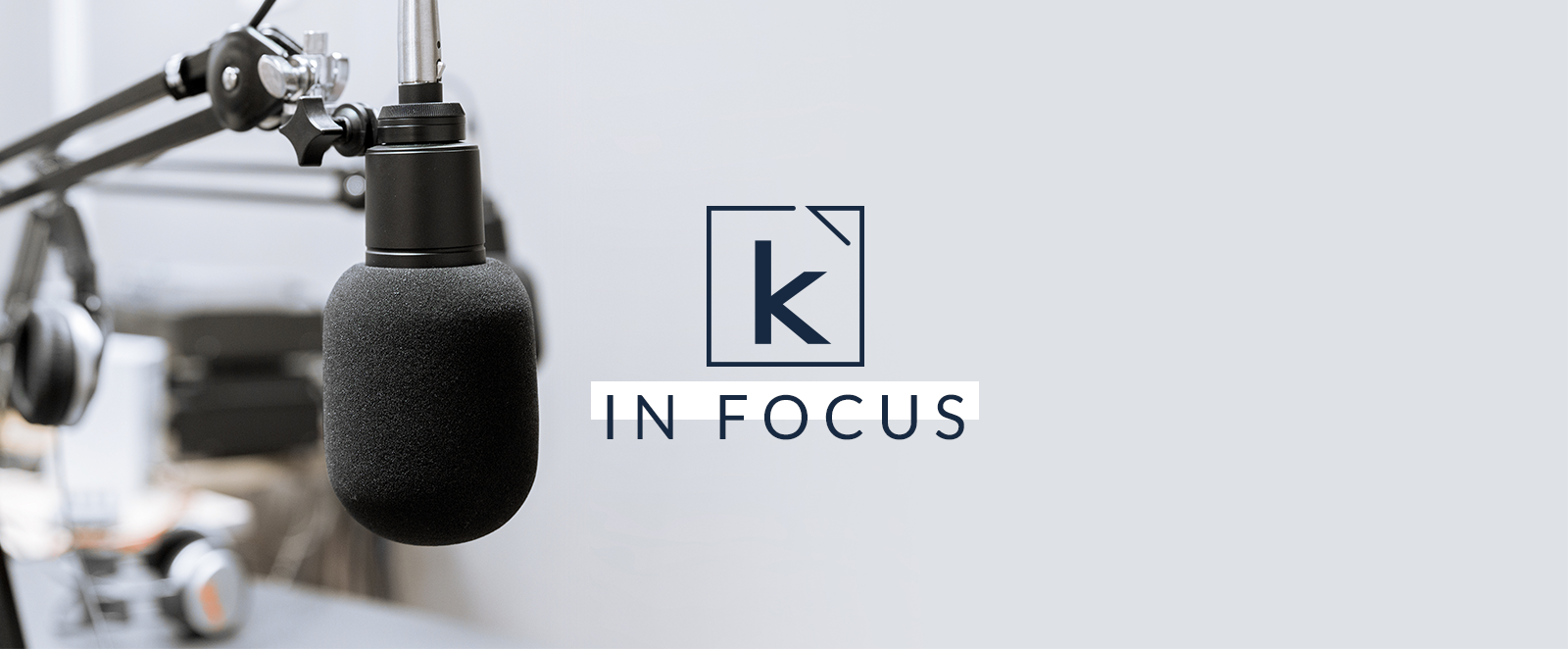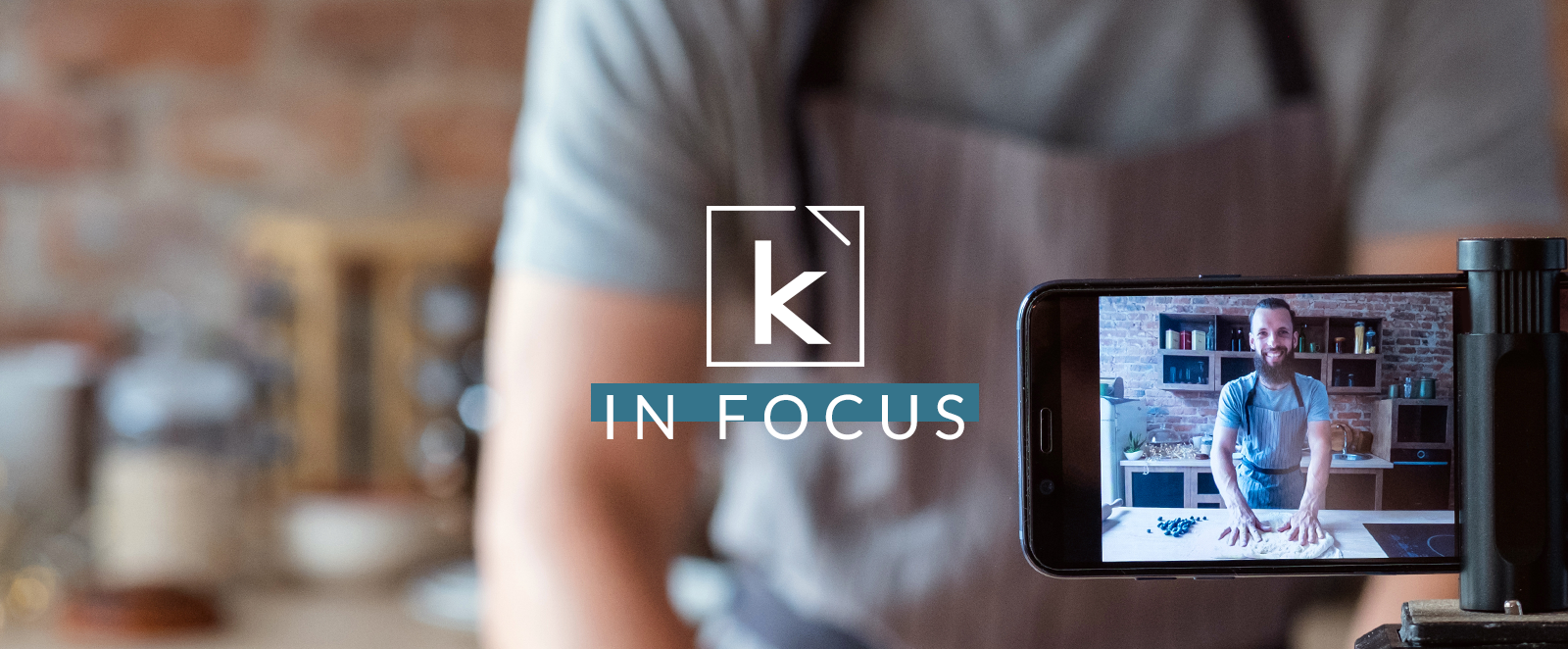
Entering 2019, there were more than 700,000 active podcasts available to download. That’s...a large number.
Podcasts—audio content that originated and gained popularity on mobile platforms like the iPod and iPhone—have become a digital media phenomenon over the last few years. More than half of Americans over the age of 12 (51%) have listened to a podcast, and 22% of them listen to podcasts on a weekly basis. It’s become part of our routine, and those participation rates are showing no sign of slowing down.
In this blog, we’re going all-in on the podcasting revolution. As brands have turned to podcasts to leverage a new outlet for storytelling, there are many popular brands that have nailed it. There are others that obviously forced it. And that begs our ultimate question: is it wise for your brand to jump into podcasting, and what’s in it for you and your customers?
So, Who Does It Well?
In short: not everyone.
We’ll use this section of the blog to highlight some success stories of branded podcasts—but keep in mind that for every home run, there are hundreds upon hundreds of strikeouts. We’ll get into the “why” behind those strikeouts in a minute.
As a creative agency, we’ve been known to enjoy a good fast food social media activation, and McDonald’s is widely viewed as a step behind Wendy’s in terms of creativity and mass appeal on social media—but, it’s really done well in the podcasting department. Remember the quest to bring back Szechuan sauce? McDonald’s turned it into a three-episode podcast called “The Sauce.” The best part of “The Sauce” is that it’s not even remotely what you’d expect; with branded podcasts, we’re used to personalities and brand representatives sitting around the water cooler talking about things going on with their company. This is so far away from that.
“The Sauce” is a riff on investigative or whodunit podcasts, which rose in popularity a few years ago. McDonald’s peeled back the curtain and gave inside access and insight into its decision to bring back Szechuan sauce.
From Adweek, February 2018:
“Last week, the company released a three-episode podcast called The Sauce that details what went wrong in October when the fast-food behemoth tried to bring back the beloved sauce. McDonald’s worked with the Studio@Gizmodo and Onion Labs on the podcast, which made its way into the iTunes 100 podcast chart, peaking at number No. 94 less than 24 hours after its release, according to a representative for the brand.”
This was, without question, a podcasting win.
Let’s pivot to another winner. And this one’s pretty relatable.
Chances are you’ve at least heard of Slack. And it’s likely your team at work uses it, and if you’re like us, abuses it (from time to time). Slack is the largest workspace communication tool available and it has systematically changed the way teams connect with each other—in the office, on the go, and around the world.
We’re big fans of Slack’s “Variety Pack” podcast, which again talks less about the actual product and more about how it helps people. The Slack podcast focuses on how successful teams are built and what makes them stay successful. This is an important distinction as we wade into your brand and your decision to start a podcast: what can you offer beyond product conversation? Slack’s approach is compelling because it builds on what the product offers and makes it a conversational, engaging topic.
Hold the Phone (or Mic)
With apologies to Nike, don’t “just do it.” Answering the question “why?” and following it up with the aforementioned value-add question is a key item to tackle before you decide to record.
Also ask yourself if this is what your audience wants, as understanding your audience is vital to any form of marketing—not just podcasting. Podcast listeners are 37% more likely to earn $100k+ annually and 68% more likely to be college graduates, and this is an audience that many brands are trying to reach with greater success.
Podcast listeners are a fast-growing segment of the consumer demographic and they’re educated, high-earners. That means your content has to jive with what they’re looking for, and it can’t feel forced or like a 30-minute infomercial.
Going Live, Going Forward
Ultimately, it’s up to you. But if you decide to go forward with podcasting, keep these things in mind:
- Add value: Bring something different to the conversation and make it worth the listener’s time.
- Foster discussion: Your topics have to be engaging and provoke the listener to continue downloading episodes. That’s the goal—repeat listenership.
- Take advantage of the content: Your podcast content doesn’t have to solely live on your podcast feed (and it shouldn’t, really). Use it as an opportunity to create micro content and promote the podcast in other areas and different channels.
With podcast advertising revenue projected to reach more than $650 million by 2020 (per Nielsen), the time is now to make a decision on podcasting. With a thought-out plan and a commitment to quality content, a podcast can be a tremendous asset for your brand.



.png)